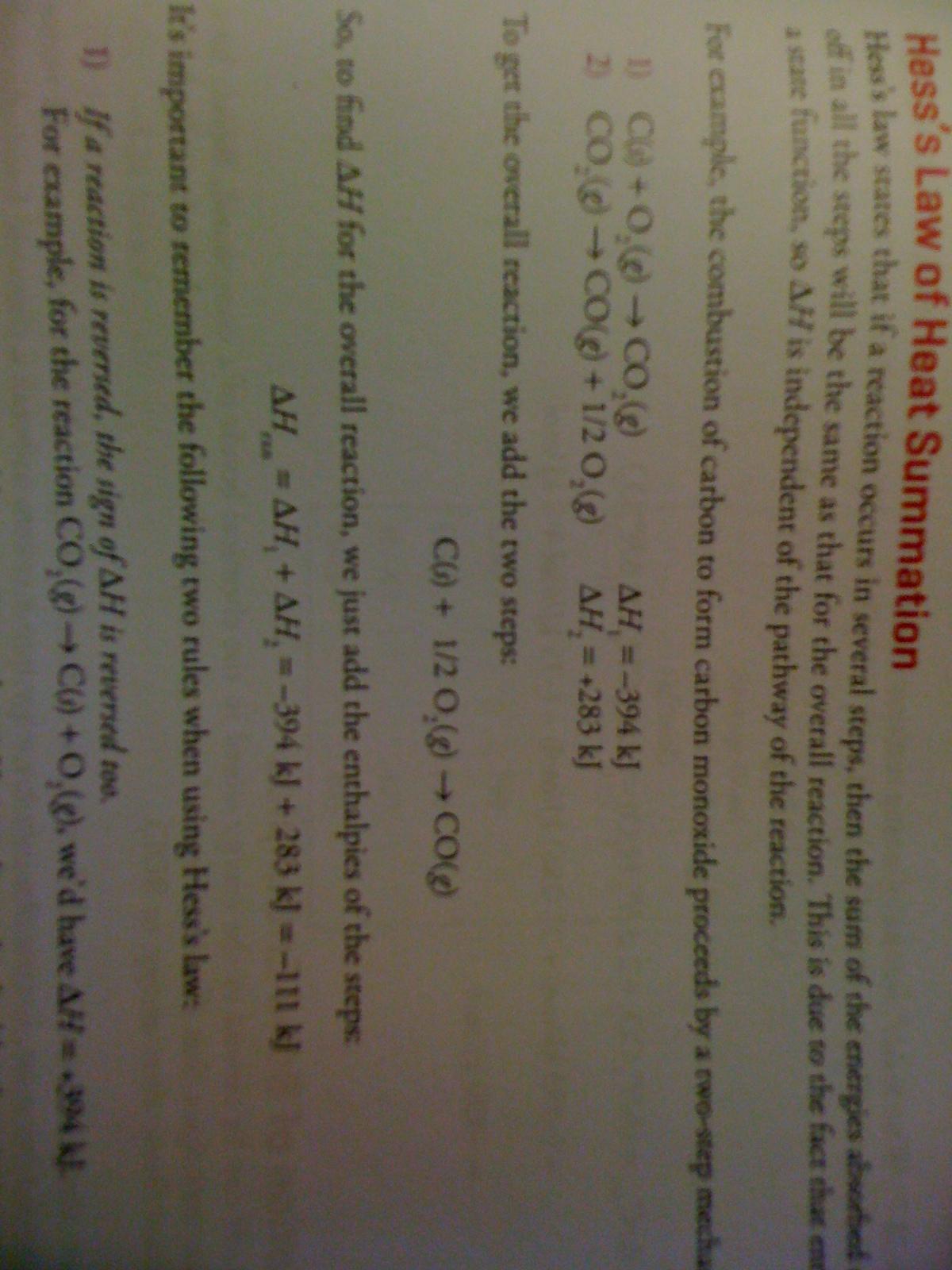So we all know deltaH = Hprod - Hreacts.
TPR GChem passage 36, Q5:
Based on the following data:
S(r)+O2->SO2 dH= - 297.0
S(m)+O2->SO2 dH= - 297.1
What is the enthalpy change in the transformation of S(r) to S(m)?
So I saw that we'd need to flip the second equation for this to work, right? My new equation was:
S(r)+O2->SO2->S(m)+O2
Therefore, products - reactants gave me
dH = 298.1 - (-297) = 594.1
Intuition kicked in and I chose +0.1 instead of it and I was right....
but why isnt it 594.1?
TPR GChem passage 36, Q5:
Based on the following data:
S(r)+O2->SO2 dH= - 297.0
S(m)+O2->SO2 dH= - 297.1
What is the enthalpy change in the transformation of S(r) to S(m)?
So I saw that we'd need to flip the second equation for this to work, right? My new equation was:
S(r)+O2->SO2->S(m)+O2
Therefore, products - reactants gave me
dH = 298.1 - (-297) = 594.1
Intuition kicked in and I chose +0.1 instead of it and I was right....
but why isnt it 594.1?


